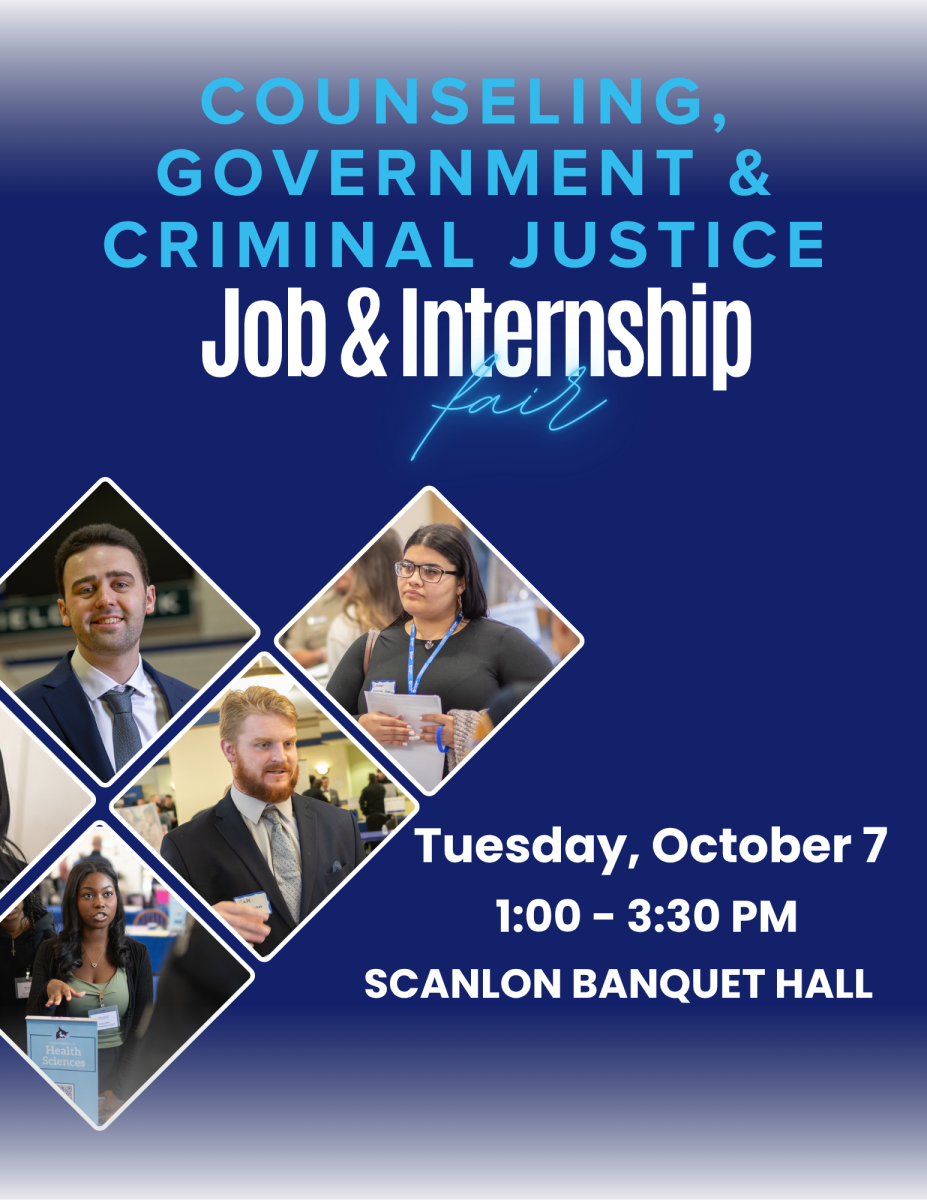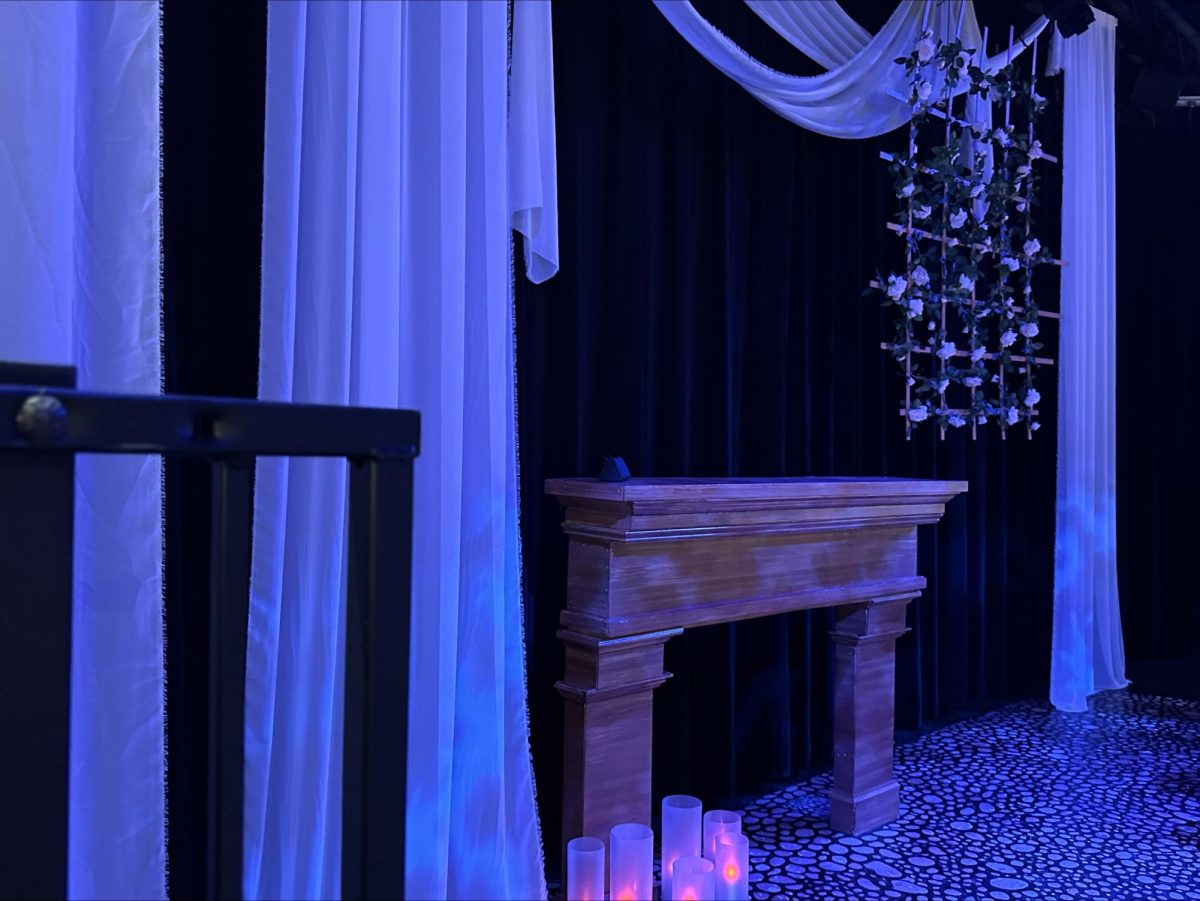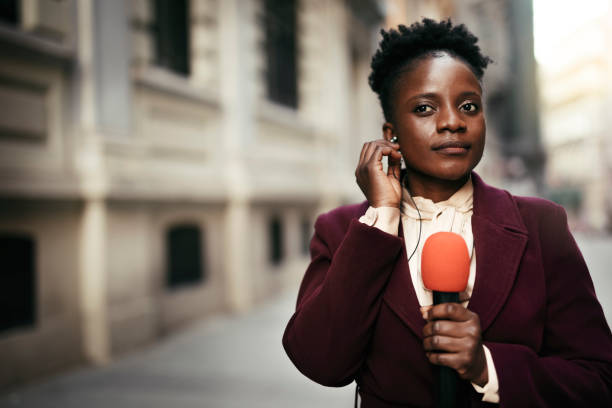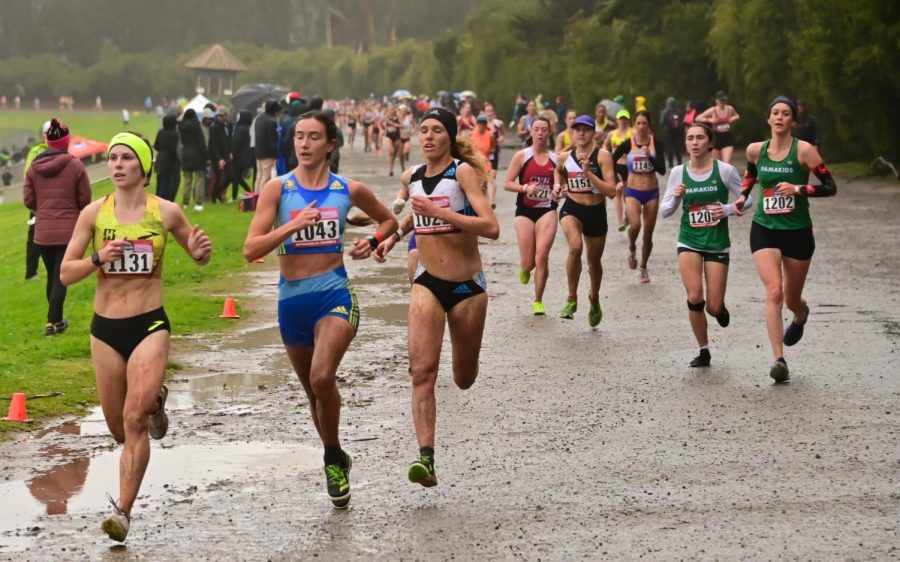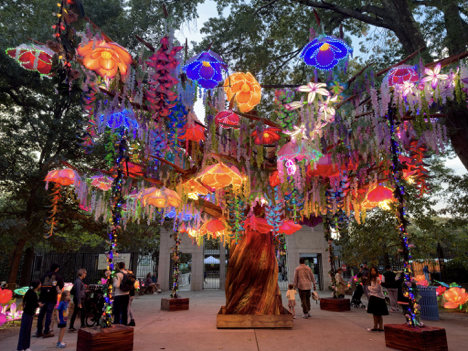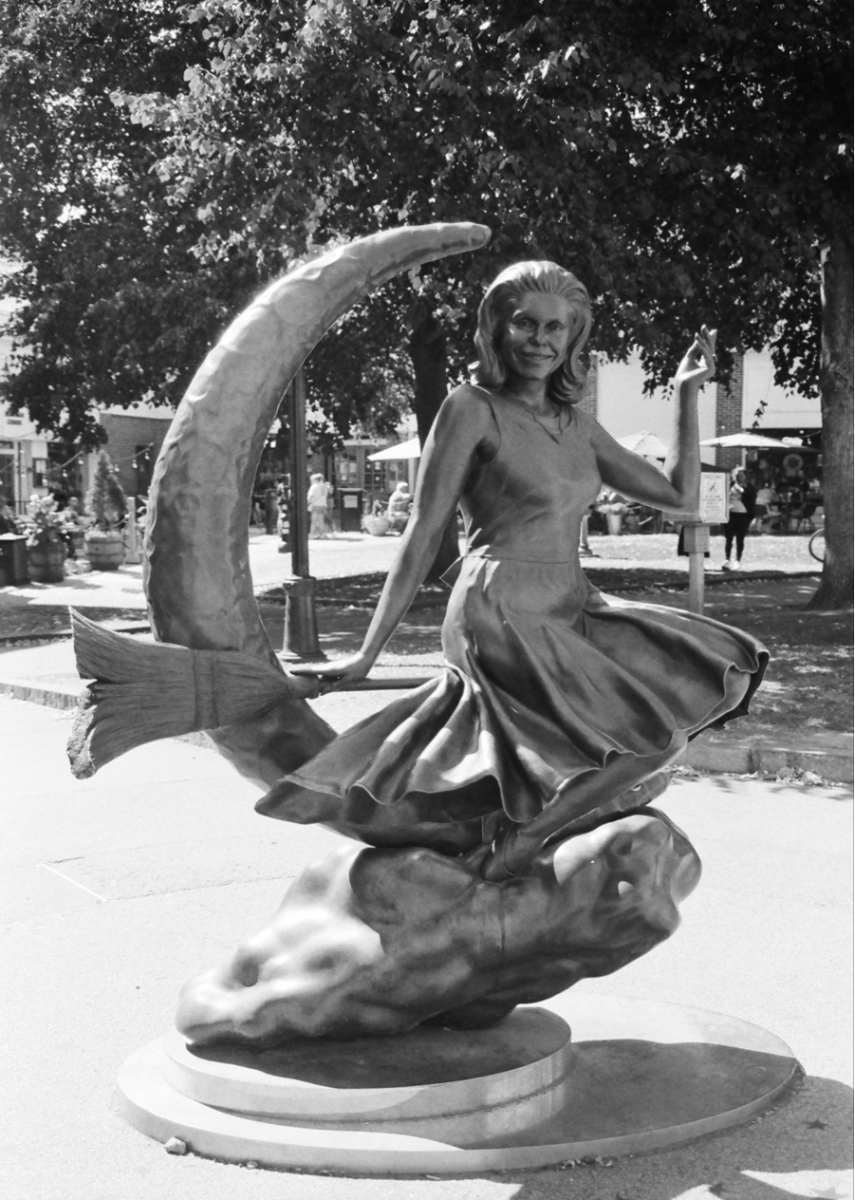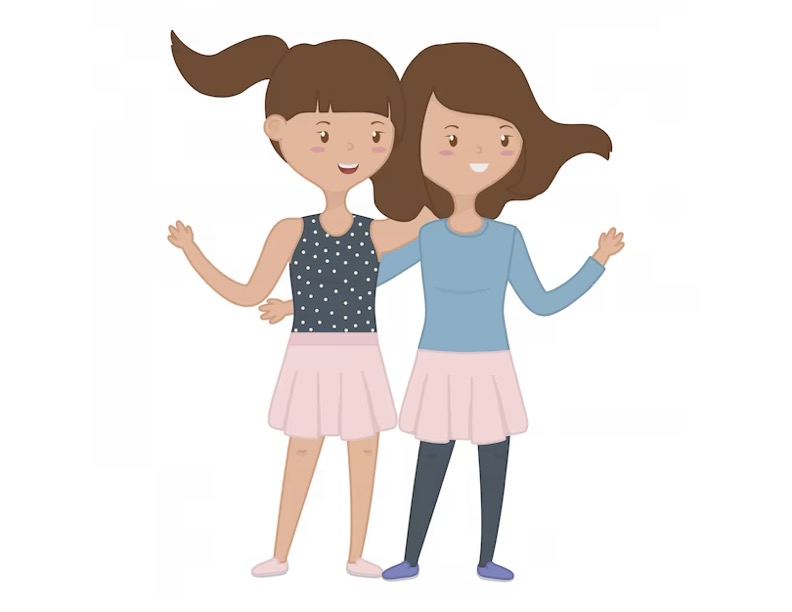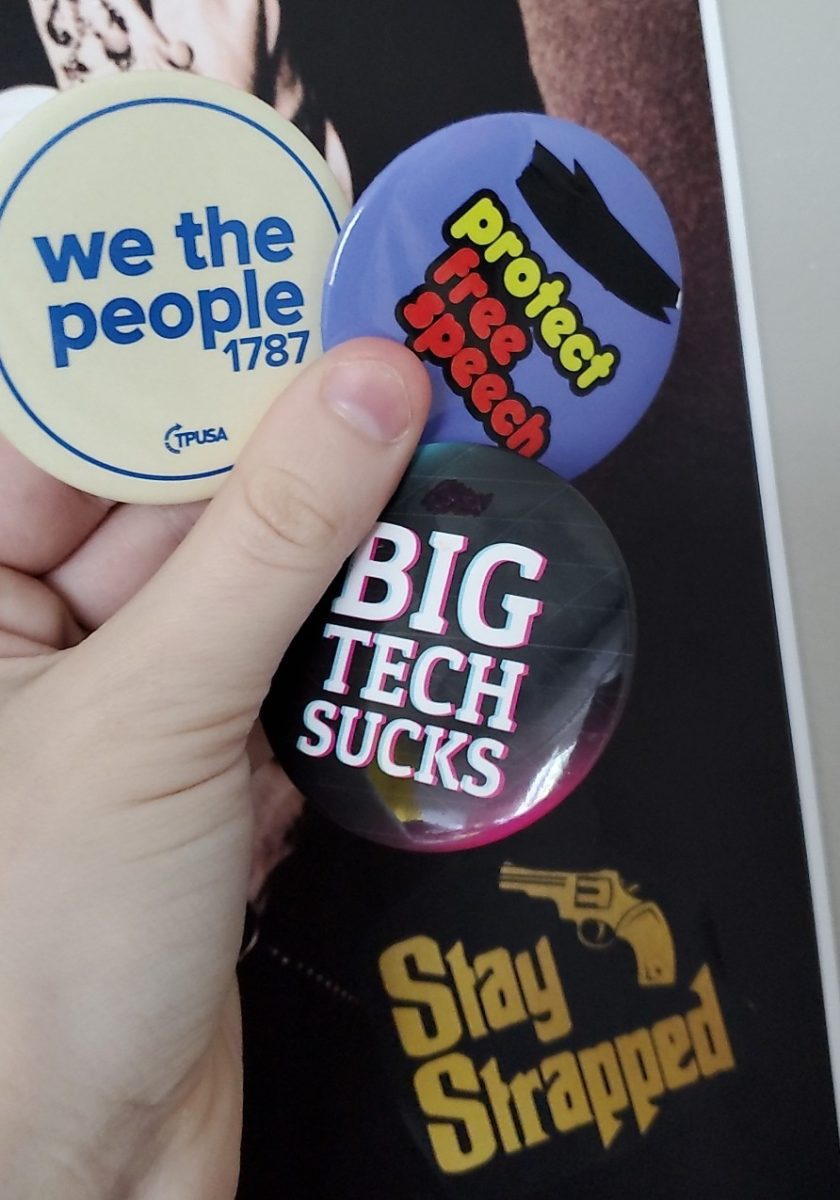Most sidewalks are designed to only fit two people side by side. Usually it’s two best friends, two lovers, two colleagues, etc. But if you add a third person to the mix, the sidewalk becomes cramped, and it’s hard to walk without bumping into each other. That’s why typically when you’re walking in a group of three, the third person is left to walk behind the group or on the grass. All my life, I’ve felt like I’ve been that third person when it comes to friendships.
“Everyone grab a partner,” my teacher would say. I looked around the sixth grade classroom, walls bright with posters of maps and punctuation skills. As I scanned the room, friends started gravitating towards each other, creating the typical groups I saw every day as I arrived at school. “Anyone without a partner?” my teacher would ask. I would slowly raise my hand, looking directly at my two “best friends” who were giggling at something the other had said. “Alright, anyone left without a partner can either work alone or join a group to make a group of three.” Those were the infamous words I heard multiple times a week. I saw the looks of pity my teacher gave me as I grabbed my pencil and began my work alone as the sound of laughter filled the room. I looked around the room at the colorful posters pasted on the wall that said “everyone belonged,” all of which contained lies.
Hannah, Laura, and I became friends at the start of sixth grade. Hannah, with her bright blue eyes and short curly brown hair that went just past her shoulders, and Laura, with her beautiful brown complexion and long black hair, grew to be my closest friends that year. We were in the same class and had similar interests, so we instantly clicked. We started off by sitting near each other in class and at lunch, then working together during group activities, and hanging out together at recess. Slowly, Hannah and Laura started becoming closer to each other andseemed to have left me in the dust. I remember one day, Hannah and Laura were huddled together whispering about something, their heads turned in towards each other, trying to separate from the rest of the world. I had approached them to ask what they were talking about, and they gave each other a knowing glance and quickly brushed it off, saying “Oh, it’s nothing. Don’t worry about it.” The next day, they both showed up to school wearing a blue shirt, yellow socks, a blue and yellow tutu, and a bow in their hair for the school spirit day. I had felt so excluded, knowing that they had been discussing that when I had approached them and they didn’t want me to join in. They would discuss their one-on-one hangouts with each other in front of me, knowing I wasn’t invited. I had to hold back tears as I listened to their plans for the weekend, feeling the familiar pit in my stomach as I wished so badly I could just be invited to one of their famous hangouts. They often burst into laughter over things I didn’t understand, and whenever I asked what was so funny, they would dismissively say, “You wouldn’t get it,” which expanded my feelings of isolation.
It’s not like I didn’t try to engage with them, because I did. I would contribute to conversations with them, but whenever I spoke, they would exchange glances that said “what is she even saying?” I would ask one of them to partner up with me instead, but God forbid I try to separate the “Dream Team.” I felt as if I was invisible half the time, and whenever I spoke it was nothing worth listening to. I felt so alone and like I wasn’t good enough for anyone to truly care about me.
This continued throughout sixth, seventh, and eighth grade. Feelings of loneliness and betrayal started to build up inside me as I continued to feel like I didn’t matter to my “friends.” As I entered my high school years, I went to a different high school than the rest of my peers with hopes for a fresh start. I had high expectations and a clear vision that I would go and make a great group of friends and my terrible middle school experience would mean nothing to me. However, that’s just simply not how the world works. When I started high school, I was so afraid of being judged that I acted shy and timid around people due to fear of what other people thought of me. I observed other groups of freshmen and how they were outgoing and made friends so easily, and I envied them. I started thinking I was an outcast, and that maybe I deserved to be alone. There were times I sat alone at lunch, surrounded by hundreds of other students. The cafeteria buzzed with excitement as other students engaged in thrilling conversations with their friends. Surrounded by the sea of people, all I thought was “Everyone is staring at you. People will think you are a freak.” The laughter that surrounded me was a constant reminder of the social connections I was missing out on. I started feeling like I was worthless and a disappointment to those around me. I started wondering, If I was prettier, would I have more friends? If I wasn’t as weird, would more people like me? I would spiral, my head spinning as I dove into a depressive and anxious hole of self-depreciating thoughts and occasionally wondered if the world would be a better place without me in it.
After months of these thought patterns, I realized it wasn’t normal and I needed to get help. I started seeing a therapist and taking medication to help with my self-destructive mind. At first, I was hesitant to reflect and express my feelings to Lindsay, my therapist, because I viewed it as a sign of weakness. We talked about once or twice a month at first to develop strategies and coping mechanisms for when I started to feel upset with myself. One of the most helpful strategies we came up with was changing my mindset from the negative point of view that I was living in to a more positive/open perspective, which is a lot easier said than done. It can be challenging to think positively with an open mindset on a daily basis, especially when you feel like you are surrounded by so much negativity. Her biggest piece of advice was to start small, forexample, saying a few self-affirmations each day, even if you don’t believe them at first, because eventually through repetition you will start to see them as true. If I’m being honest, it took me the entirety of high school to feel satisfied with my thoughts of myself. And even now, in my freshman year of college, I still struggle with the fear of being a failure or not good enough. I’ve experienced a lot of ups and downs in this process, and even some backtracking in progress throughout the journey, which can be discouraging. But in the end, I began to think that I shouldn’t care what other people think of me because the people who actually mattered loved me for who I was.
I used to believe I was always going to be that third person on the sidewalk, the one who was always left behind. But I’ve started to realize that it’s not about trying to squeeze onto someone else’s path, but rather finding the people who are willing to walk more slowly and make room for you on the sidewalk, regardless of how much space you take up. Reflecting on this experience caused me to become curious about the way humans act, and how it connects to the brain – why do we let certain experiences affect us in the way that they do? I began thinking about other people’s actions and thoughts as well as my own – how come I was programmed to think everyone was judging me after a bad experience with friendship? This experience ultimately inspired me to major in psychology to understand the brain and its complex processes. I’m interested in educating other people who felt similarly to how I did about why we think and act in certain ways. By understanding the “why” behind our behavior, I’m hoping to help others find their peace and understanding just as I’m searching for my own. And hopefully, as we learn to better understand ourselves and others, maybe the sidewalks won’t feel so narrow anymore.

